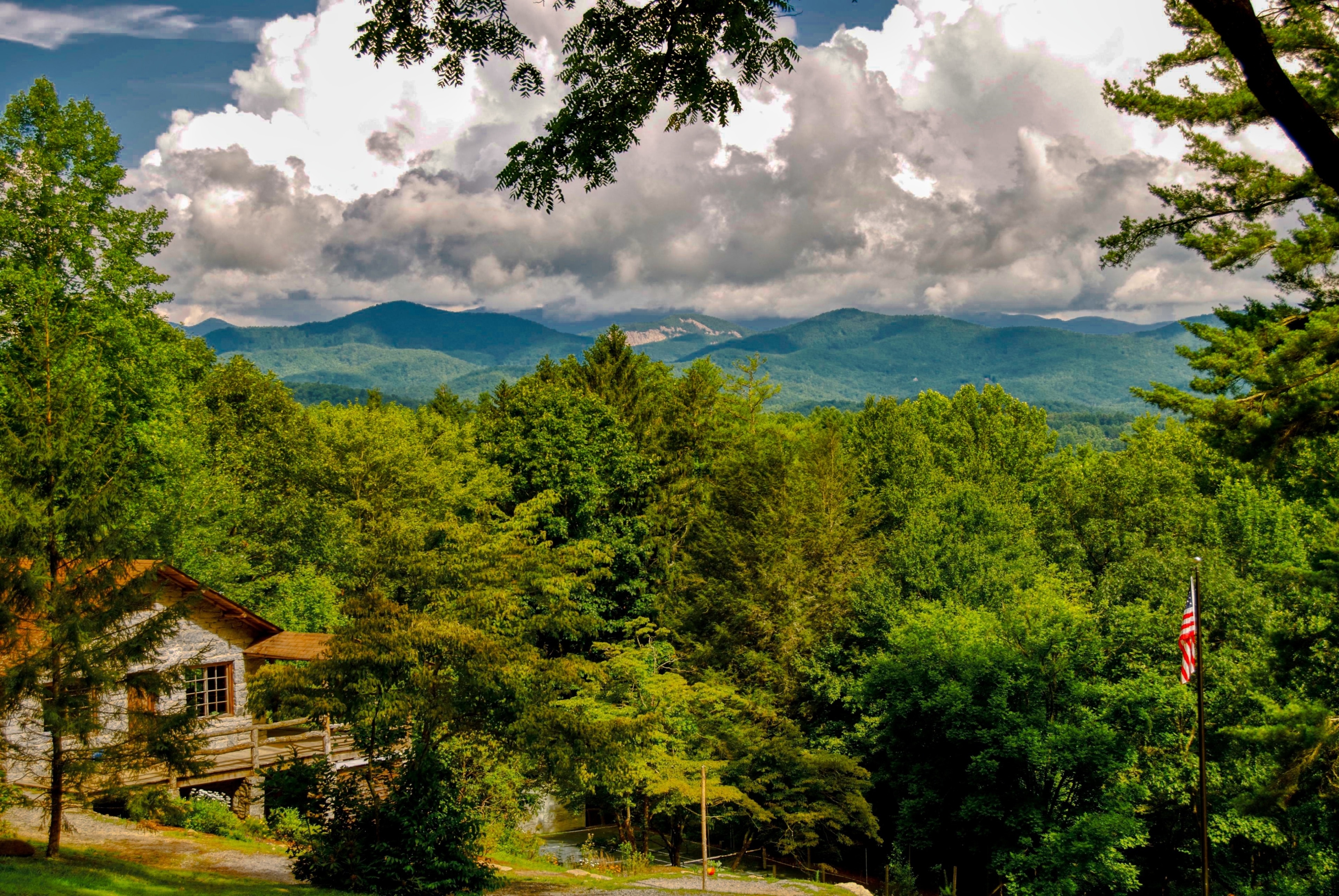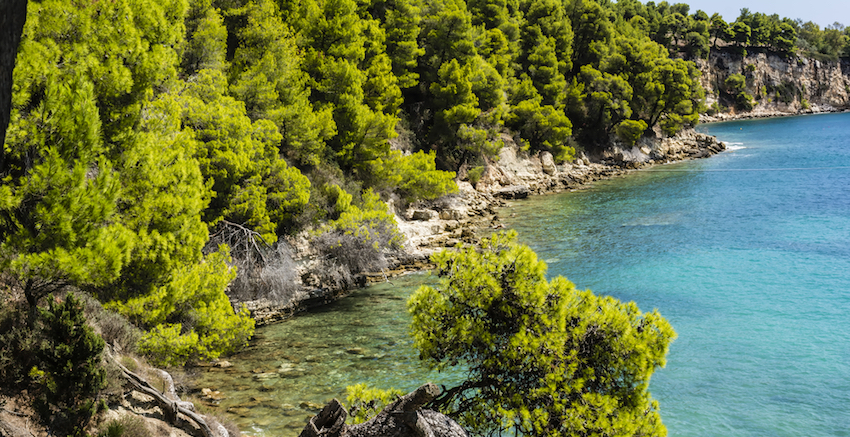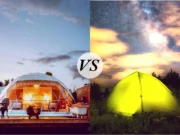1. Introduction
Ecotourism or green tourism is a way to relax without harming the environment. Ecotourists prefer hiking and ecological modes of transport, such as rowboats and bicycles. Benefits include the popularization of outdoor recreation, studying the culture of the native land, support for environmental protection measures, and environmental education.
2. Types of Ecotourism
- Scientific – for educational purposes
- Active – hiking, cycling, mountaineering
- Historical – acquaintance with ethnicity, culture
- Travel to nature reserves (parks, nature reserves)
- Agritourism – focused on means to preserve the land
3. Green Tourism: TOP 11 Best Places in the World
Green tourism encourages travelers to explore the beauty of our planet while minimizing their environmental impact. This growing trend supports responsible travel and highlights destinations prioritizing conservation and community engagement.
4. National Parks of Kenya, Africa
Kenya, located in East Africa, is home to over 60 national parks and reserves. Ecotourism in Kenya protects the country’s unique nature. Nairobi National Park, just 10 minutes from the capital, offers eco-safaris where visitors can see wildebeest, zebras, rhinos, cheetahs, hyenas, leopards, and lions. The best season is from July to September. Travel from the airport to the park takes about half an hour, with tours available through local agencies.
5. Brevard, USA

Located in western North Carolina, Brevard is surrounded by national forests and parks. The area boasts well-designed hiking and biking trails, waterfalls, and Looking Glass Rock. Brevard prioritizes waste reduction, energy conservation, and forest preservation. A bus ride from the state capital takes about 7 hours.
6. Monteverde Cloud Forest, Costa Rica
Costa Rica prioritizes sustainability, with 99% of its electricity from renewable sources. A quarter of the country is protected tropical forest, offering incredible ecotourism opportunities. The Monteverde Cloud Forest has one of the world’s longest canopy tours, where visitors can walk above the treetops. The forest hosts 425 bird species, 120 mammals, and countless amphibians and reptiles. For the best experience, plan your visit from December to April.
7. Alonissos Island, Greece

Part of the Northern Sporades archipelago, Alonissos Marine Nature Park features pine forests, cliffs, beaches, and olive groves. The island is home to the endangered white-bellied monk seals, and visitors can volunteer to help with conservation efforts. The island also boasts Greece’s first underwater museum. The best season is May to October, accessible by ferry from Volos or Thessaloniki.
8. Copenhagen, Denmark
Copenhagen is a leader in green tourism, with clean air, eco-friendly innovations, and sustainability efforts. The city offers solar-powered GoBoat tours and a waste-to-energy plant that generates power while serving as a public recreation area with an artificial ski slope and climbing wall. Summer is ideal for exploring by bike or public transport.
Read more: Explore Nature’s Towering Giants
9. Moorea, French Polynesia

A stunning island 17 km from Tahiti, Moorea features waterfalls, lagoons, and tropical landscapes. Tourists can visit the Fare Nature Ecomuseum, sail in glass-bottom canoes, and explore pineapple plantations. Coral Gardeners work to protect endangered coral reefs, and visitors can join whale and dolphin-watching tours. The island enjoys a year-round temperature of +26°C and is accessible via plane or ferry from Tahiti.
10. Kocevsko, Slovenia
With 60% forest cover and 30% farmland, Slovenia is ideal for eco-friendly tourism. Visitors can stay at tourist farms, enjoy local cuisine, and cycle the 290-km Juliana Loop in the Julian Alps. Kocevsko, a UNESCO World Heritage site, offers opportunities to see brown bears, deer, lynx, and other wildlife. The best time to visit is late August to early September, and it’s a short trip from Ljubljana.
11. Vanatori-Neamt, Romania

Vanatori-Neamt Nature Park is home to free-roaming bison, ancient Cucuteni culture traces, and medieval monasteries. The park features nearly 3,000 species of flora and fauna. The best time to visit is from late April to early July and late August to October.
12. Bay of Plenty, New Zealand
This 125-km coastal area includes two marine reserves, 24 offshore islands, geothermal vents, and volcanic landscapes. Visitors can swim with dolphins and seals, hike through rainforests, and explore geothermal features. The peak visiting season is during December and January.
Read more: Walking Safaris Unleashed
13. Yasuni National Park, Ecuador

A biosphere reserve, Yasuni National Park has solar panels, waste sorting programs, and clean water initiatives. The park hosts 600 bird species, 173 mammals, and countless plants and insects. Activities include hiking, canoeing, and exploring the Amazon rainforest. The best season is June to November, and travel from Quito to Yasuni takes about 9 hours by bus.
14. Port Douglas, Australia
Home to Daintree National Park, Port Douglas features the only place where two World Heritage sites—rainforest and reef—exist side by side. The Daintree rainforest, 125 million years old, is filled with exotic wildlife, including cassowaries and saltwater crocodiles. The best time to visit is from May to October, with Port Douglas an hour’s drive from Cairns International Airport.
15. Conclusion
Ecotourism is more than a vacation trend—it’s a conscious choice to protect the beauty of our planet while becoming immersed in its beauty. From hiking through lush forests, seeing endangered species, or giving to grassroots conservation efforts, every adventure can make a lasting impact. By choosing responsible travel, we ensure future generations can appreciate the same breathtaking landscapes and rich cultures that make our world so unique. Let’s explore responsibly and be the change!





















